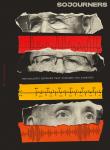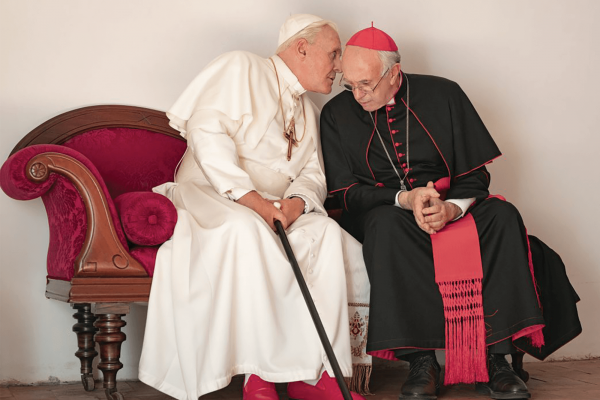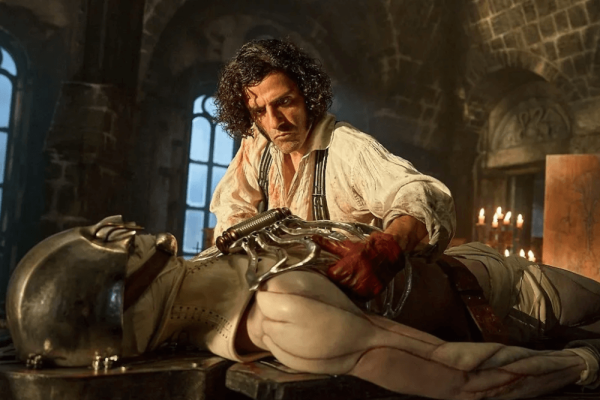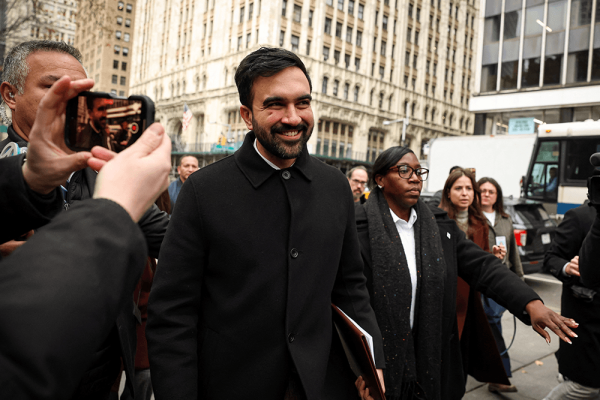ACCORDING TO ARISTOTLE'S Poetics, art is supposed to imitate life. However, Oscar Wilde claimed that life more often imitates art. In the case of the recent Netflix movie The Two Popes and warring camps within the Catholic Church, it may be hard to tell which is which.
The Two Popes —which depicts an imagined relationship between Pope Emeritus Benedict XVI and his successor, Pope Francis—was bound to inflame tensions between those who believe that Francis wants to toss out historic church teachings on marriage and sexuality and those who suspect that anyone with a soft spot for the Latin Mass wants to bring back the Inquisition. Then, within weeks of the movie’s release, we had the spectacle of Benedict appearing as co-author on a book about priestly celibacy that seemed like a timed rebuke to the limited openness to ordaining married men expressed at the Amazon Synod that was called by Francis. Benedict later asked that his name be removed from the book.
While, in the end, The Two Popes makes both popes into complex, 3D characters, the film largely conforms to the mainstream media caricatures of the two men. Francis is the hip, church-of-the-poor pope, humming “Dancing Queen” in the men’s room at the conclave of cardinals. Benedict is the red-slippered elitist who equates “change” with unacceptable “compromise.” These caricatures have festered in the dank echo chambers of the internet and resulted in a tragic self-sorting into “progressive” and “orthodox” camps.
Of course, reality isn’t as simple as the two camps would have it. For one thing, Benedict never backpedaled an inch on the church’s historic commitment to the poor or its condemnation of unfettered capitalism, and it was during his papacy that the church began to lead on the climate emergency. And Francis, while attempting to speak about hot-button issues in a more welcoming way, has not altered basic Catholic moral teaching or indicated any intent to do so.
As an adult convert to Catholicism, I’m frankly mystified by all this “camp-ism.” To me, it seems that the two sides are either seeking to reclaim or seeking to escape a pre-Vatican II church that I know only from old Bing Crosby movies. My own entry to Catholicism came via Dorothy Day, who is herself the subject of a documentary film, Revolution of the Heart, that started airing on PBS stations this spring.
As the film shows, Dorothy Day was way left of today’s “progressives” in her insistence that the gospel demanded radical resistance to capitalism and its war machine. But she was also utterly orthodox in her devotion to the church and its teachings. In Revolution of the Heart, conservative Cardinal Timothy Dolan of New York can be heard promoting Day’s canonization, and she may be just the kind of saint that’s needed today for a church divided against itself.

Got something to say about what you're reading? We value your feedback!







